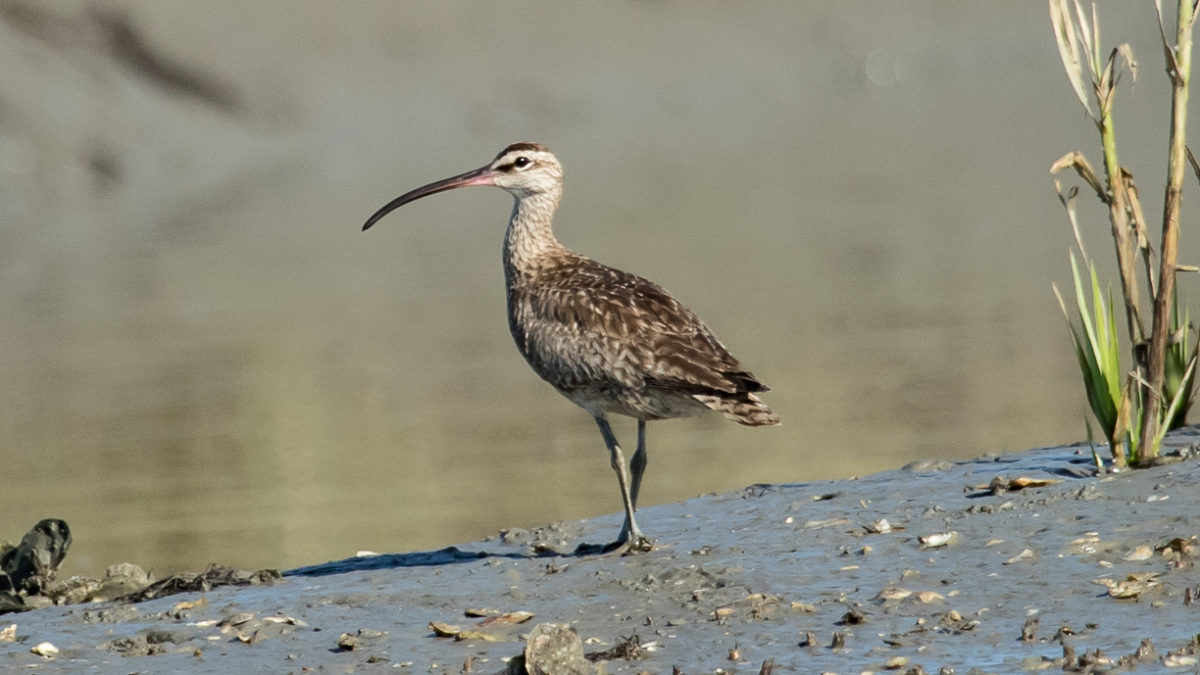Whimbrels Staging along Delmarva Continue Decline

Surveying for Black Rail Habitat
April 4, 2021
Coming Home – To the Marshes
June 23, 2021By: Bryan Watts
4/5/21
The number of whimbrels staging along the Delmarva Peninsula during spring migration continues to decline. Back in 1994, Bryan Watts and Barry Truitt established a network of ten aerial transects across the barrier island/lagoon system to monitor the population of staging whimbrels from late April through early June. Within an early paper, the pair documented a decline of 50% between two time periods (1994-1996 and 2008-2009) that equates to a 4.2% annualized rate of decline. Aerial surveys conducted during the springs of 2019 and 2020 with funds provided by the National Fish and Wildlife Foundation indicate that the approximately 4% annual decline has continued to the present time.
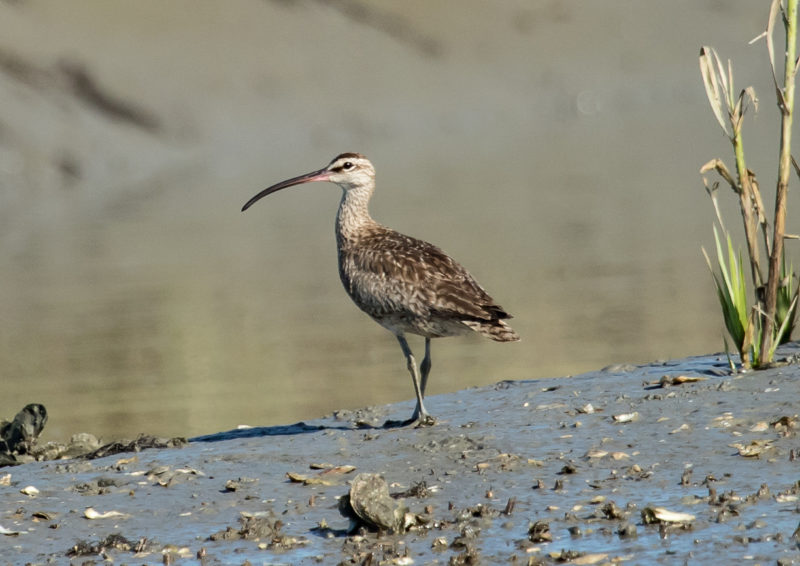
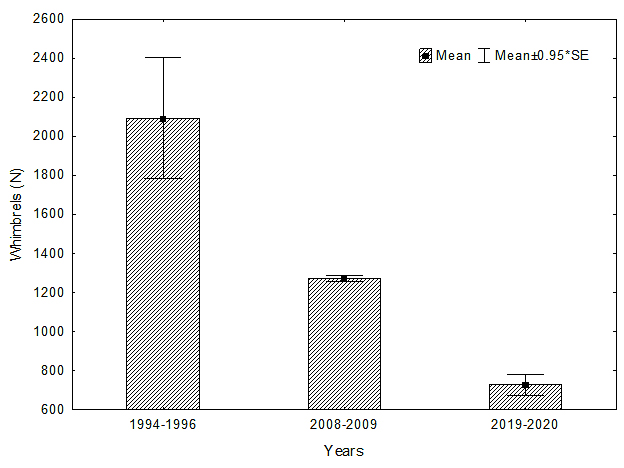
Whimbrels fly directly to the Delmarva Peninsula in Virginia from their winter grounds along the northern coast of South America and stage for approximately three weeks before moving on to Arctic breeding grounds. They come here to gorge on the incredible population of fiddler crabs. The crabs allow them to build fat reserves to fuel their final flight to the breeding grounds and to arrive there in breeding condition. Tracking data have shown that the Delmarva is part of a network of spring staging sites that extends from Virginia to Georgia along the Atlantic Coast and from Louisiana down to Mexico along the Gulf Coast. These locations support a mixture of birds from two breeding grounds including the Hudson Bay Lowlands and the Mackenzie Delta. The mixture shifts with Virginia likely supporting more Hudson Bay birds and the Gulf Coast supporting almost entirely Mackenzie Delta birds suggesting that the observed decline may reflect changes in the Hudson Bay population.
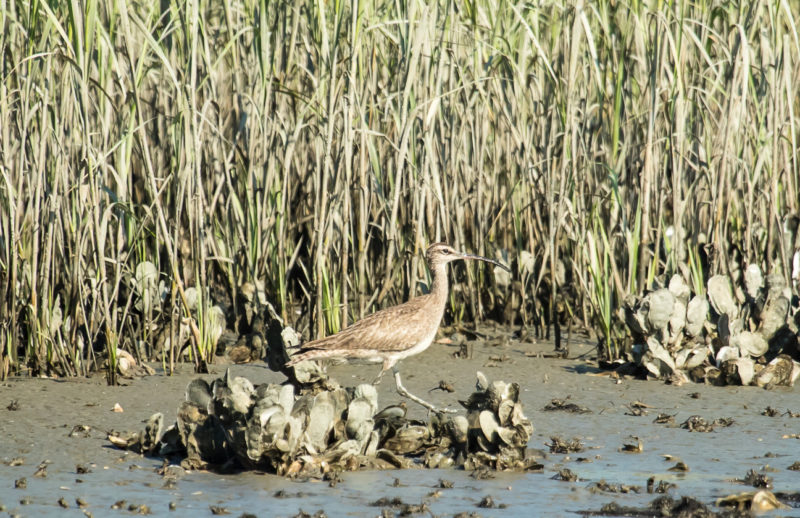
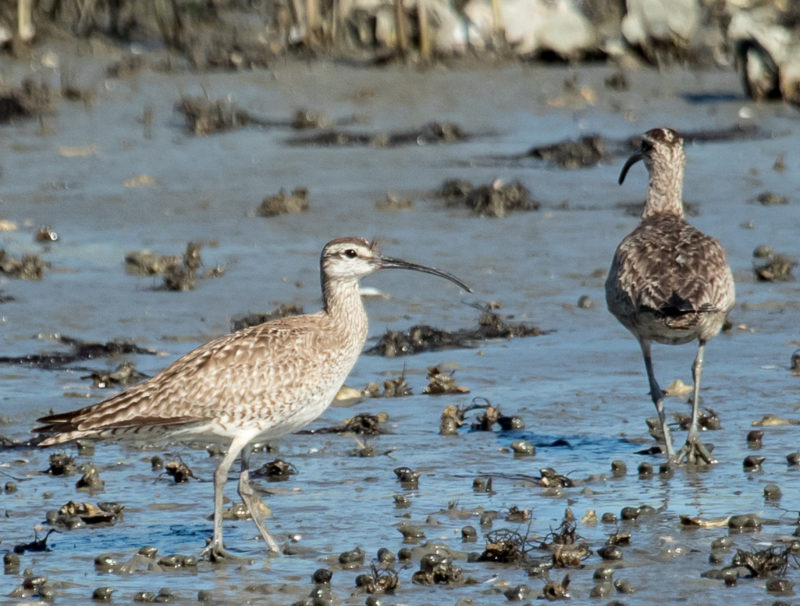
There have been suggestions of declines of the Hudson Bay population since at least the 1970s. Potential causes for declines include fall hunting within the Caribbean, habitat changes on the breeding grounds related to climate change and hunting or other pressures within the winter grounds. Work to unravel and address primary causes of declines continues.

